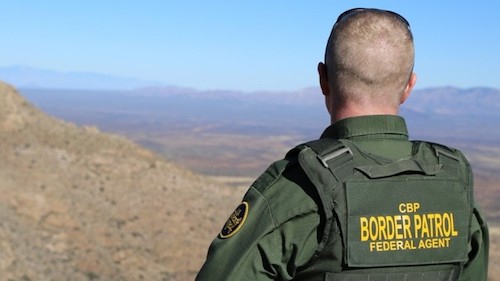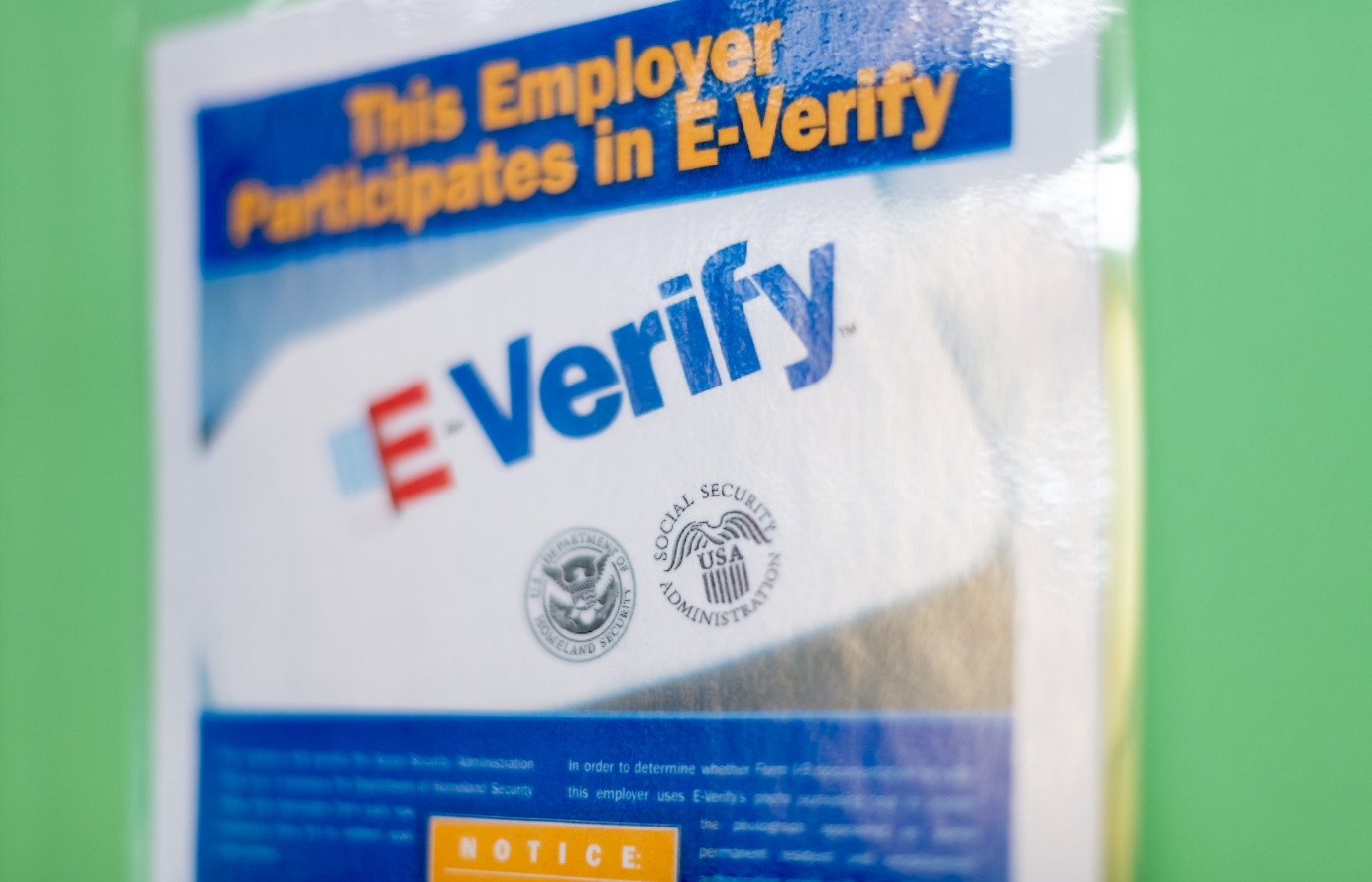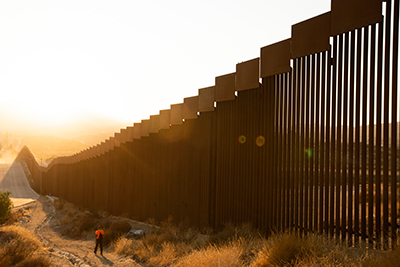COVID-19 Transformed U.S. Policy Along the Southwest Border
 In response to COVID-19, the Trump administration ordered immigration enforcement agencies along the border to expel those apprehended under 42 U.S.C. § 265. That statute allows the government, in whole or in part, to close the border to prevent the spread of communicable disease – although there is some ambiguity about the scope of the statute. It’s important for the government to limit the spread of serious communicable diseases across borders in normal times and during pandemics, although it remains unclear that such closures actually affected the spread of COVID-19 domestically. Aliens apprehended until Title 42 are expelled quickly, which is a big change from earlier policies to mostly punish unlawful border crossers with detention and criminal charges under Title 8 of the U.S. Code (immigration law).
In response to COVID-19, the Trump administration ordered immigration enforcement agencies along the border to expel those apprehended under 42 U.S.C. § 265. That statute allows the government, in whole or in part, to close the border to prevent the spread of communicable disease – although there is some ambiguity about the scope of the statute. It’s important for the government to limit the spread of serious communicable diseases across borders in normal times and during pandemics, although it remains unclear that such closures actually affected the spread of COVID-19 domestically. Aliens apprehended until Title 42 are expelled quickly, which is a big change from earlier policies to mostly punish unlawful border crossers with detention and criminal charges under Title 8 of the U.S. Code (immigration law).
Figure 1 shows just how dramatically Title 42 changed border enforcement policy. Both Border Patrol agents and Office of Field Operations agents who man border checkpoints were both tasked with enforcing the new order. As a result, Title 42 expulsions went from 21 percent of all apprehensions and expulsions in March 2020 (the order was issued March 21, so it only applied to about one‐fourth of that month) to 91 percent in April.
Since 2005, the government has employed an enforcement with consequences strategy to reduce the number of illegal border crossers by specifically attempting to cut the recidivism rate, with some success. Those consequence include detaining illegal border crossers for longer, charging more of them with immigration crimes like unlawful entry, treating repeat offenders more harshly, other punishments. Those consequences combine to raise the costs for illegal border crossers by reducing their expected income from entering the United States by channeling them into more expense means of entry like hiring more sophisticated smugglers who charge a higher price and taking more dangerous routes to cross the border. Imposing higher costs on illegal border crossers means that fewer will try to cross illegally in the first place and they will try fewer times.
Title 42 expulsions also lower the costs for illegal border crossers. By removing them very rapidly and not enforcing consequences, apprehended and expelled illegal border crossers face lower costs in their attempts to cross the border. Thus, we should expect more of them to try and the recidivism rate to rise beginning in March 2020, ceteris paribus. Of course, not all else remains equal as the U.S. recession has somewhat dimmed the jobs magnet that attracts most illegal immigrants in the first place, although the relative difference is likely smaller given the recession in Mexico. When recidivism data become available for 2020, I suspect we’ll see an increase in recidivism rates compared to earlier years as the consequences have been so reduced.








